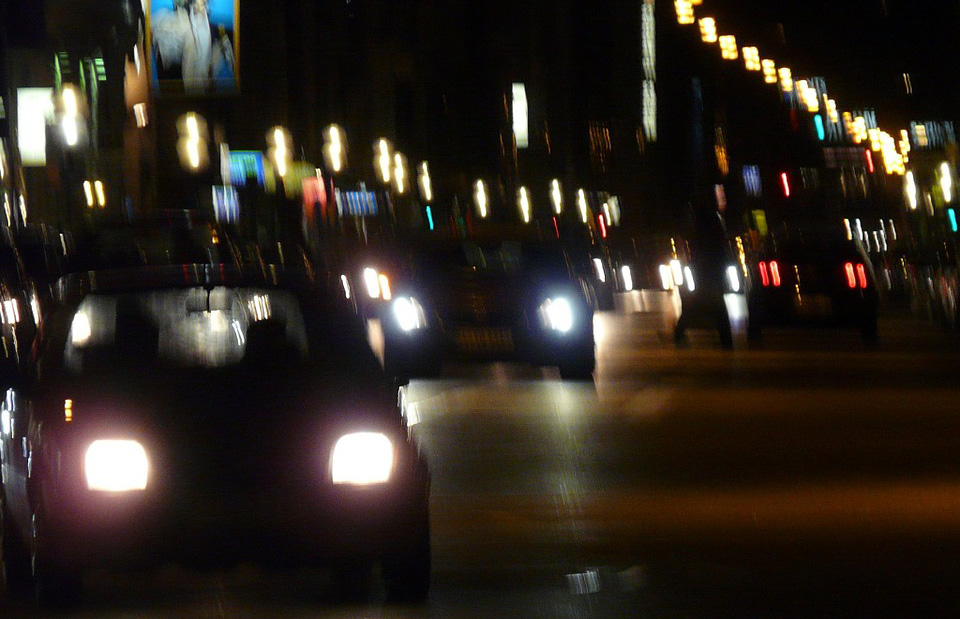All too often in cities such as our own, we tend to assume cars are the ones who own the streets, when actually, they are but a part of an urban space which includes many different categories of users, from pedestrians to cyclists, to motorists and motorcyclists. The consequence of this mistaken assumption is aggressiveness on the roads, particularly on the part of motorists. This has negative effects on safety, the environment and on an educational level.
The analysis of road accidents shows clear results: in 2013 alone, there were around 200.000 accidents with around 4.000 deaths and nearly 300.000 injured – extremely high figures of carnage magnitude – that not only damage the quality of life in our cities but lead to a social and economic cost to the community (deriving from hospital stays and the ensuing medical care) equivalent to 2% of the Italian GDP (30 billion Euro).
And just as the most advanced research at European level has shown, speed is the determining factor in the seriousness of road accidents. This is why Italy has pledged, together with the other member states, to reduce the rate of accidents in urban areas by enhancing road safety through traffic moderation policies and space sharing.
Many studies, conducted in countries that have adopted intervention policies such as traffic moderation in recent years, have shown that lowering speed limits leads to not only increasing the safety of the most vulnerable road users, but of motorists as well. These policies are not therefore against motorists but rather they are a means of increasing the safety and wellbeing of all road users, so as to enhance quality of life in our cities.
Making a road safe means increasing its usability, making it easier for pedestrians to cross the street for instance, or increasing the perception of safety, making alternative modes of transport more attractive. We need to think about urban roads as not only a space for cars to drive through but as a shared space for a plurality of users (motorists, pedestrians, cyclists, residents, students…) and functions.
Getting around the city
How will we get around the cities of the future?
Let’s synchronise our watches for tomorrow and fast forward. Cars that drive on their own and bring our shopping from the supermarket to our doorstep. Underground trains, buses and trams without drivers, arriving on the dot, otherwise our smartwatch alarm will vibrate to show we’re running late.
Advanced software will connect with the means of transport, to regulate commuter flows and finally resolve the age-old traffic problem.
How close are we to this mobility model? What aspects of the future are already present in our cities? How sustainable is this futuristic mobility model? Models, strategies and technologies to design future mobility right now.

Get in touch